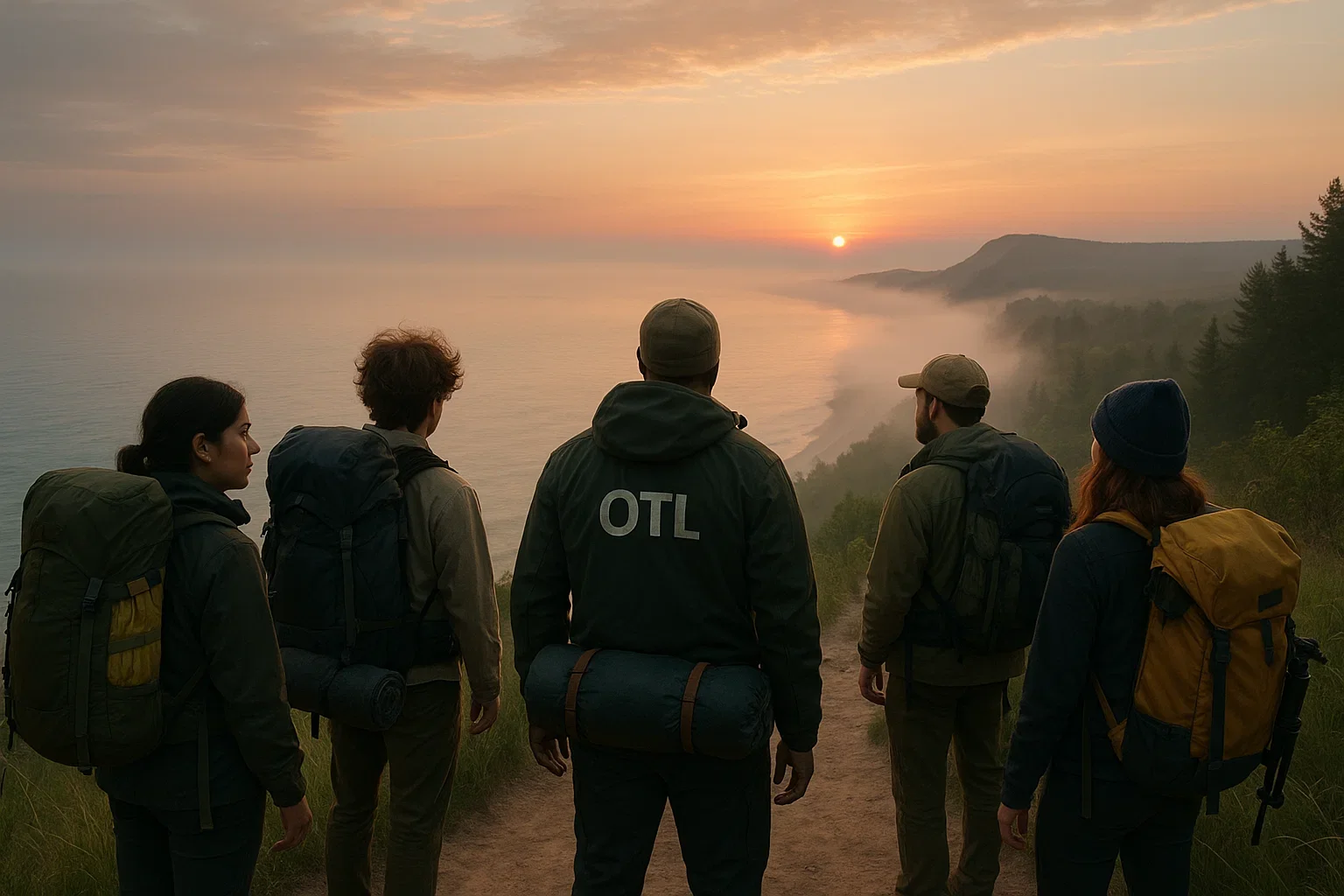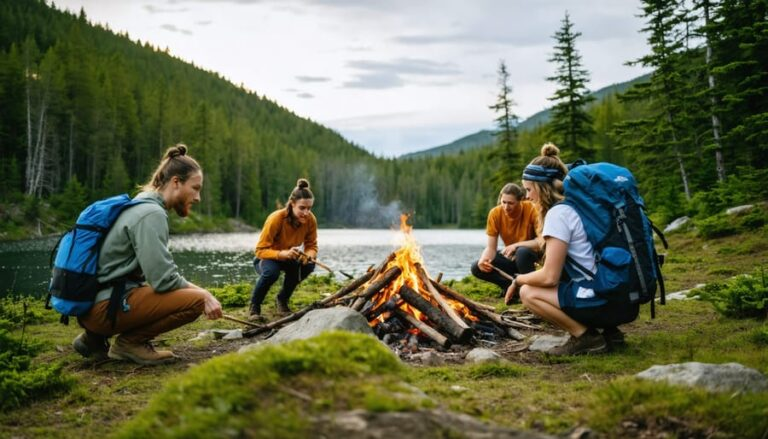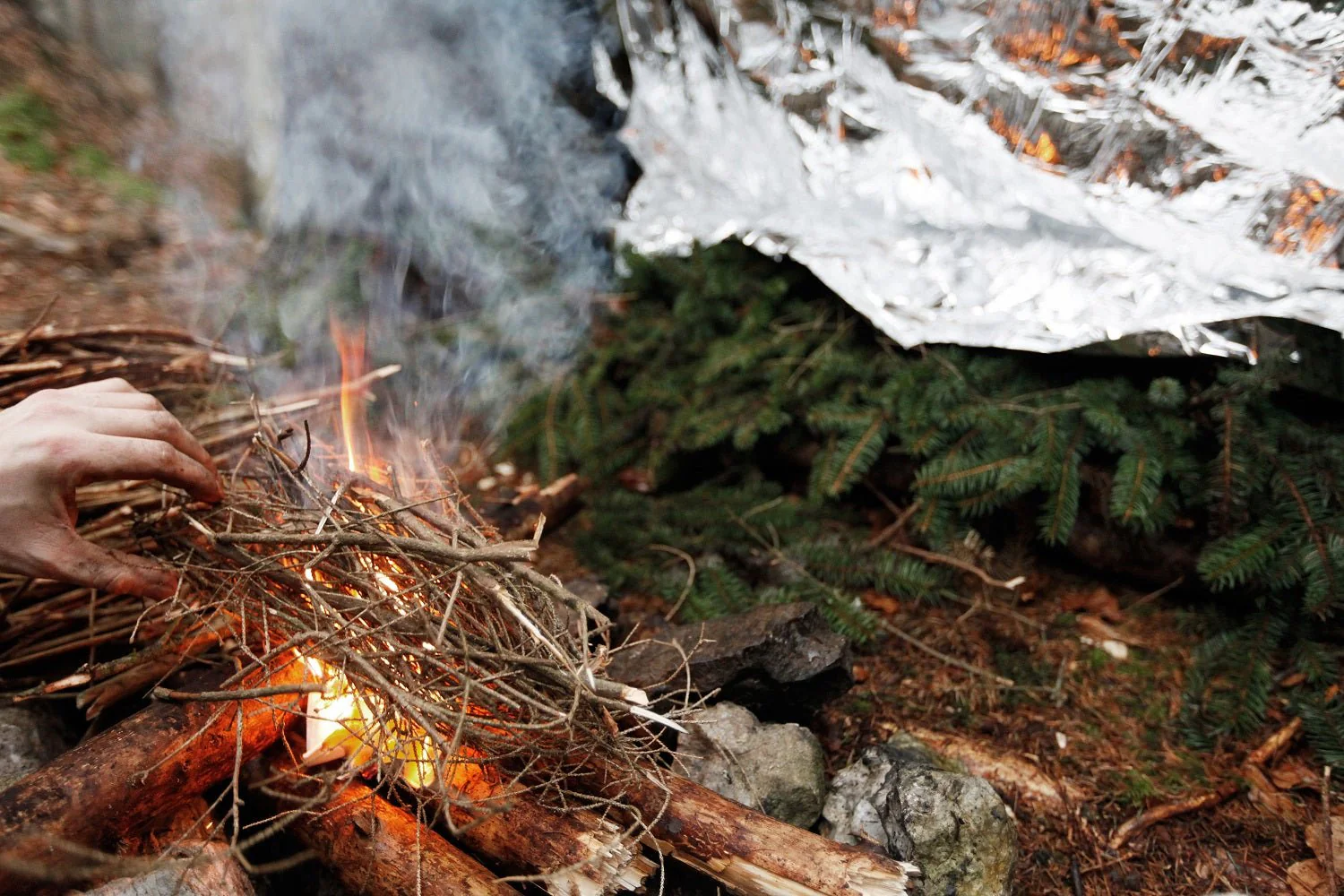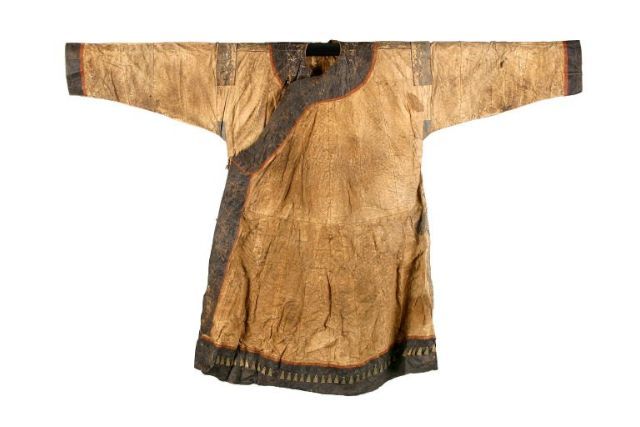In any adventure-survival scenario, clean drinking water isn’t optional—it’s vital. Without safe hydration, you risk dehydration, illness, or worse within just days. Even seemingly pristine streams can harbour harmful pathogens like Giardiasis or Cryptosporidiosis—organisms that survive for months in cold waters.The first step in any back-country plan is to always assume water sources are contaminated and prepare accordingly.
There are several proven methods to purify wilderness water, each suited to different environments and gear availability. Boiling is arguably the most reliable: bringing water to a rolling boil for at least one minute kills the majority of bacteria and protozoa. If fuel or cookware isn’t available, combining mechanical filtration (via portable filters or improvised charcoal/sand layers) with chemical treatments like iodine or chlorine dioxide becomes essential. UV-based purification pens or solar-disinfection methods (SODIS) offer lightweight alternatives—especially useful for day hikes or minimalist setups. Always carry at least two separate purification methods to ensure redundancy.
To build a robust hydration strategy for survival or adventure, follow this checklist: choose your water source wisely—running mountain streams are typically safer than stagnant pools; pre-filter visible sediment to protect your gear; apply whichever purification method fits your context; and finally store water securely to avoid re-contamination. When you’re dependent on nature rather than infrastructure, your ability to turn a murky stream into safe drinking water could




